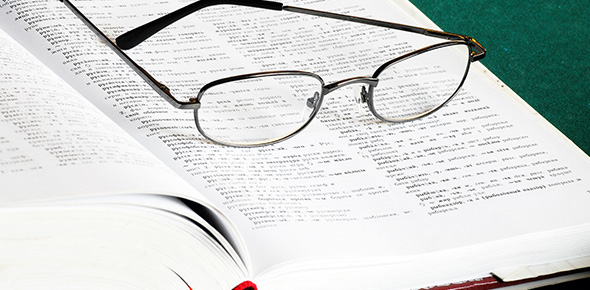Related Flashcards
Related Topics
Cards In This Set
| Front | Back |
|
Bayeux tapestry
|
depicts
the events leading up to the Norman conquest
of England as well as the events of the invasion itself. The Bayeux
Tapestry is annotated in the Latin
language. It is exhibited in a special museum in Bayeux, Normandy, France, with a Victorian era-replica in Reading, Berkshire, England.
|
|
Byzantine style
|
Emperor Justinian; Byzatine architects favored the
Greek cross plan by which all four arms of the structure were of equal length;
the octagonal church of San Vitale,walls of which are embellished with
polychrome marble carved alabaster columns and some of the magnificent mosaics
in the history of the world,iconography of the Justinian representation
illustrates the bond between the Church and state that characterized Byzatine
history
|
|
Italian Renaissance style
|
-Remarkable
achievement in arts & creativity
-Built upon
classical styles & principles
-Classical
humanism + Christianity
-Optimism,
individualism, practicality
- Art was an
original effort to reinterpret Greco-Roman themes and principles
|
|
Brunelleschi
|
His dome consists of two octagonal
shells..incorporates eight curved panels joined by massive ribs that soar
upward from the octagonal drum; elegant lantern through which light enters the
interior…known as a great feat of engineering ..unknown and unimaginable among
the ancients. The dome became a
|
|
Linear, one point perspective:
|
an ingenious tool for the tranlation of
three dimensional space into a two dimensional surface
|
|
Genre painting
|
Art depicting scenes from
everyday life
|
|
Fresco:
|
A method of painting walls or ceiling surfaces with
fresh moist lime plaster
|
|
Da Vinci
|
: known as a Renaissance man as he was very well rounded an
versed in various aspects of the time such as science, obviously art, math,
music, and inventions
Famous art pieces: Mona Lisa
[lifelikeness oil on panel, located in nature instead of interior, demonstrates
sfumato technique] and the Last Supper[fused narrative and symbolic content,
fresco, linear perspective]
|
|
Raphael
|
known for his accuracy and incisiveness
Famous art pieces: The Alba Madonna or
Madonna and Child and the School of Athens [came to epitomize spatial clarity,
decorum, balance, unity of design, and grace]
|
|
Michaelangelo
|
architect, poet,painter, and engineer;
overthrew many traditional constraints, minimizing setting and symbolic details
and maximizing the grandeur of figures that seem superhuman in spirit and size
Famous pieces: David[ carved from a giant
block of Carrara marble something no one had done before...regarded as a symbol
of Florentine vigilance] and the creation of Adam
|
|
Ghiberti
|
: early Renaissance sculpture and metal
working
Famous pieces: Florentine
Baptistry Doors: “Gates of Paradise” (1401)
|
|
Donatello
|
: Early
Renaissance sculptor
Famous pieces : David [Bronze full round statue: Pagan
& Christian elements,youthful, pre-pubescent,Venetian hat,Contraposso
stance]
|
|
Botticelli
|
Famous Pieces:La
Primavera (Birth of Venus) 1482
|
|
Northern Renaissance style
|
Not as oriented to
classicism & Christianity
-intense visual
realism”
-Western
Christianity permanently fractured into Roman Catholic & Protestant groups
-European
Reformation became social & political reform movement
-Themes of folly
and satire found in art & lit
|
|
Van Eyck
|
: perfected the art of oil painting;
realism…religious manuscripts and panel paintings
Famous pieces: Marriage of Giovanni Aronlfini and his Bride [immediacy]
|





